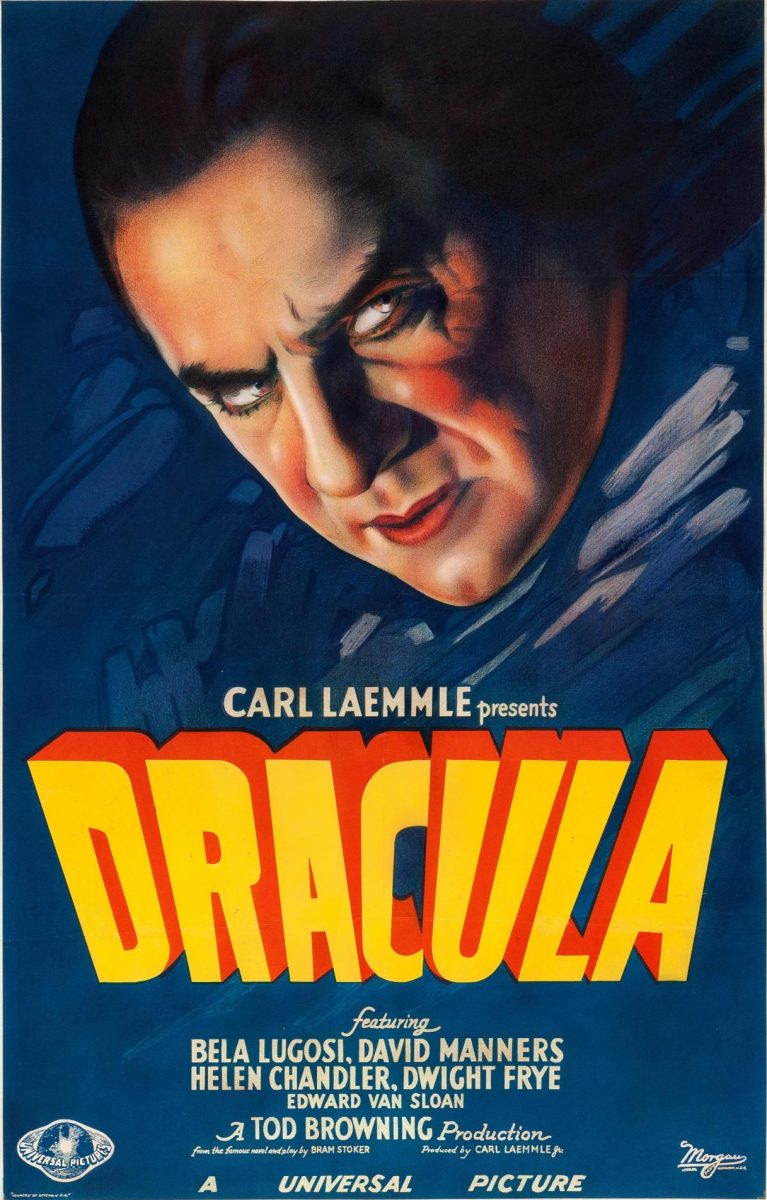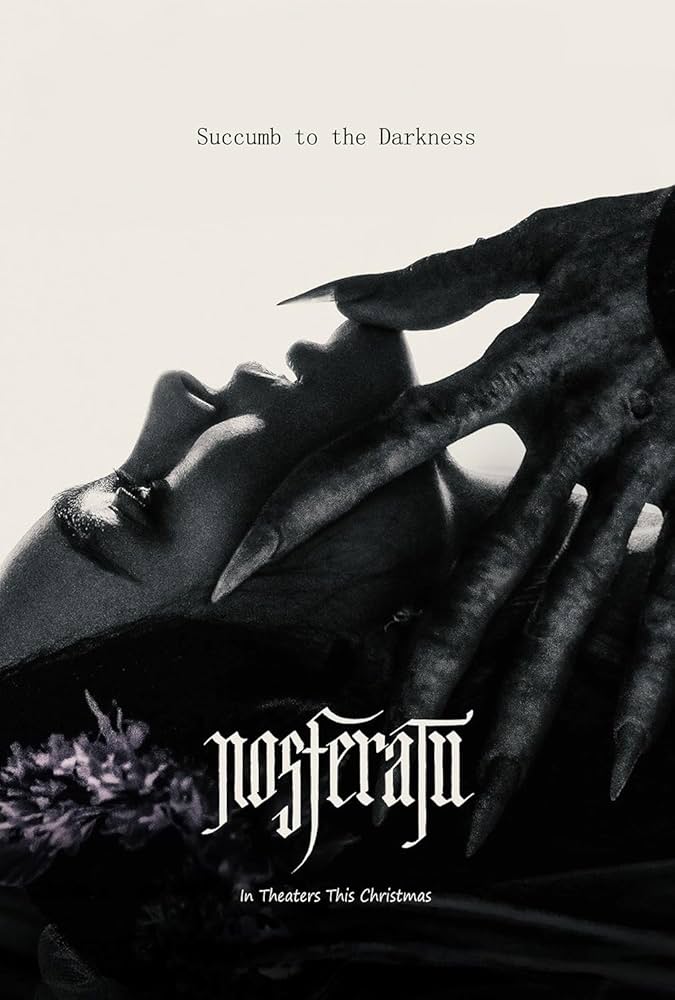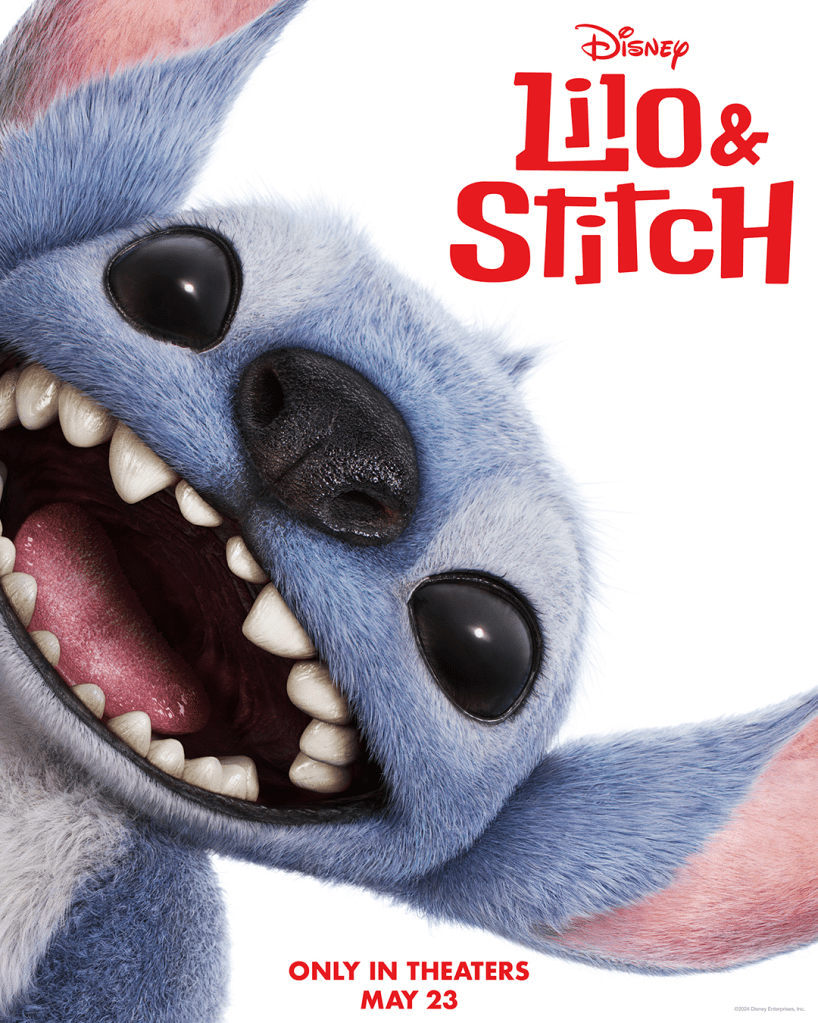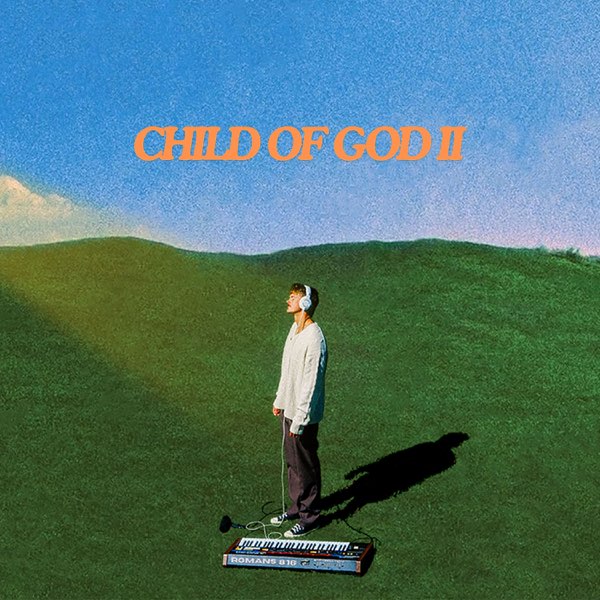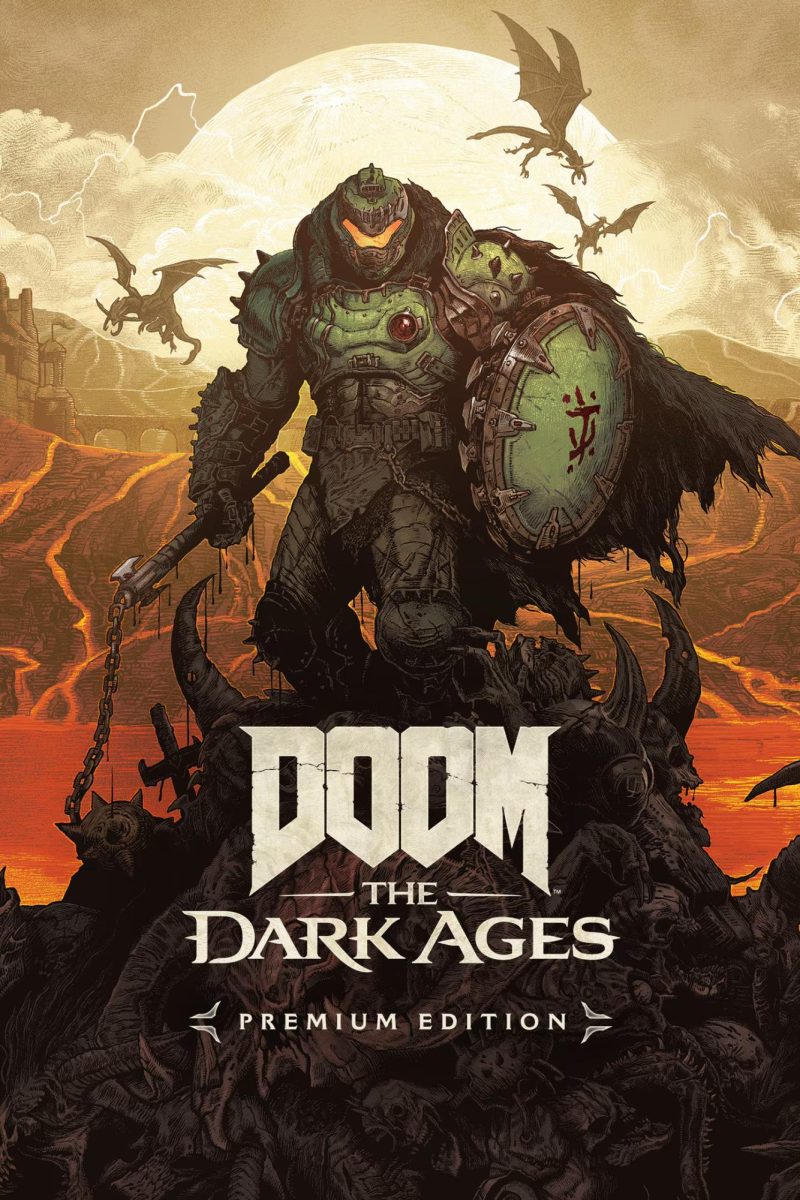Universal Monsters Reborn!
The Universal Monsters had their first gasps of breath in the 1920s, with the release of 1923’s “The Hunchback of Notre Dame” and 1925’s “The Phantom of the Opera,” both starring Lon Chaney, known as the Man of a Thousand Faces due to his skill with makeup.
Later, the 1930s saw Universal release films based on the novels “Dracula,” “Frankenstein,” “The Invisible Man,” and many sequels and crossovers between these characters. Perhaps the most famous films to come out of Universal’s early studio output are 1931’s “Dracula” and 1935’s “Bride of Frankenstein.”
“Dracula” was put into production after the success of a stage version on Broadway, and Universal purchased the rights to the novel and stage play to produce the film.
The film is anchored by Bela Lugosi, who played the character on stage. His performance is one that has been imitated and parodied so many times that it feels like a cliché now. Even today, his performance is still effective enough to unsettle, with Lugosi’s thick accent and stiff grasp of the English language contributing to, rather than detracting from, his performance.
Despite being somewhat dated nowadays, the film is still effective today, opening doors for almost all other horror movies to date.
1931’s ‘Bride of Frankenstein is another classic of the monster movie genre, and another that has been imitated throughout the years. It’s a sequel to 1931’s “Frankenstein,” though a wonderful movie on its own.
The film starts directly after the end of the first movie, revealing that both Frankensteins, onster and doctor, survived the end of the last movie. As the doctor is nursed back to health, his mentor reveals that he wants to create a mate for the Monster.
Near the end of the film, when the Bride is finally brought to life, she’s terrified of the Monster and rejects him. Elsa Lancaster, who played the Bride, made a lasting impression on the horror genre in her very short screentime, the image of her shocked eyes and towering hair becoming one of the most iconic images in film.
Karloff, as the Monster, is likely in the top five most iconic monster designs in film history. Under all of that makeup, he’s remarkably expressive, with his confusion and sadness about the Bride’s rejection one of the most heartwrenching performances in the film.
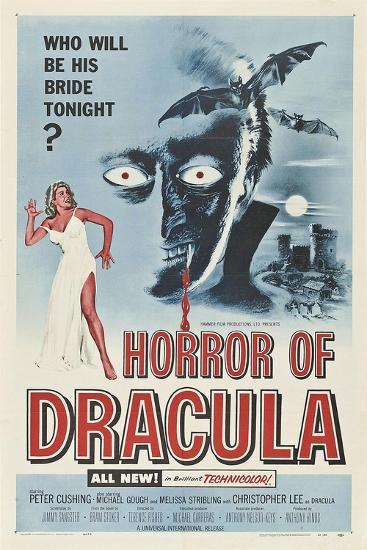
Hammer Films, a company based in Britain, opened the doors for horror to jump into the age of the 50s, combining classic stories with modern, pulpy filmmaking techniques.
Their first horror film, “The Curse of Frankenstein,” was released in 1951 and was one of the first films to introduce on-screen violence into the horror genre.
Starring Peter Cushing as Baron Frankenstein and the imposing 6’5” Christopher Lee as the Monster, the film was a new adaptation of Mary Shelley’s original novel, rather than retreading the movie.
The film also focuses much more on Frankenstein’s descent into madness while creating the creature, rather than the rampages of the Monster, who isn’t brough to life until roughly 50 minutes into the movie that is less than an hour-and-a-half long.
Seen today, the film is somewhat dated and low budget, but has a dark and gritty atmosphere that is undeniably chilling.
After “The Curse of Frankenstein” was a hit for Hammer, they greenlit the production of “Dracula,” known as “Horror of Dracula” in the United States. This time, since the plot hewed much more closely to the 1931 film, Hammer worked out an agreement with Universal.
Again starring Christopher Lee, this time as Dracula, and Peter Cushing as Van Helsing, the film codified aspects of Lugosi’s Dracula and introduced more of its own: fangs, red eyes, and the premade wooden stakes.
The film condenses the plot of the book and original film, turning Jonathan Harker, the hero of the original, from a real estate agent who survives the events in the original to a vampire hunter who doesn’t make it out of Dracula’s castle.
Lee also brought a much more overt depiction of the sensuality of the vampire myth, and more overt menace than Lugosi’s subdued version. Like his Monster, Lee’s Dracula has very little screen time in the film, but here he looms over the plot as the incentive for the story.
One of the biggest influences of Hammer’s horror films was their introduction of more overt violence and gore to mainstream cinema. This indirectly paved the way for other horror films, including slashers like “Halloween” and “Friday the 13th”, plus other titans of the genre, to break their way into the mainstream market.
In recent times, with the waves of reboots and remakes, it’s inevitable that studios would look to update the classic monster films. These remakes draw in audiences who might have seen the original movies on reruns or late night showings as kids, and often update the story for modern audiences.
The most well-regarded of the remakes was 2020’s “The Invisible Man,” which changed the source of the man’s invisibility from a mysterious potion to a high-tech suit covered in cameras.
However, the biggest change was updating the story from a man bent on a reign of terror to a woman named Cecilia (Elizabeth Moss) being stalked, gaslit, and emotionally tortured by her abusive ex.
The sound design, cinematography, and acting in this movie are all top-notch, creating a sense of terror and suspense that rarely lets up. One terrifying scene features the Invisible Man fighting a group of security guards as his suit glitches out, giving us and the guards only brief glimpses of his whereabouts. The film is perfectly suited to terrify a 2020s audience.
Another praised remake, while not officially a “Universal Monsters” film, was 2024’s “Nosferatu.” The original, released in 1922, was an unauthorized adaptation of the original Dracula novel, with the names changed to avoid legal issues.
Unlike other remakes, much of the original storyline is kept in place, though characters are more fleshed out. Ellen Hutter (Lily Rose-Depp) is now the driving force of the story, being the one who accidentally summoned the vampire Count Orlok (Bill Skarsgard). Their performances anchor the whole film, with Rose-Depp planting herself as an accomplished actress with her fanatic, possessed performance.
Skarsgard’s voice is perhaps his greatest feat here, and the theater walls seemed to shake with every line he spoke. The makeup team is not to be overlooked, creating one of the most impressive and unique vampire designs in film. His look echoes the original Orlok from 1922, but crosses that with a period-accurate Transylvanian nobleman that truly looks rotting and undead.
Director Robert Eggers has created his most fleshed-out world yet, a feat considering his past films are incredibly highly regarded.
Your donation will support Viking Student Media and the content we create. Your contribution will allow us to purchase equipment and cover our annual costs, including website hosting, printing the newspaper and yearbook, and purchasing new equipment.



